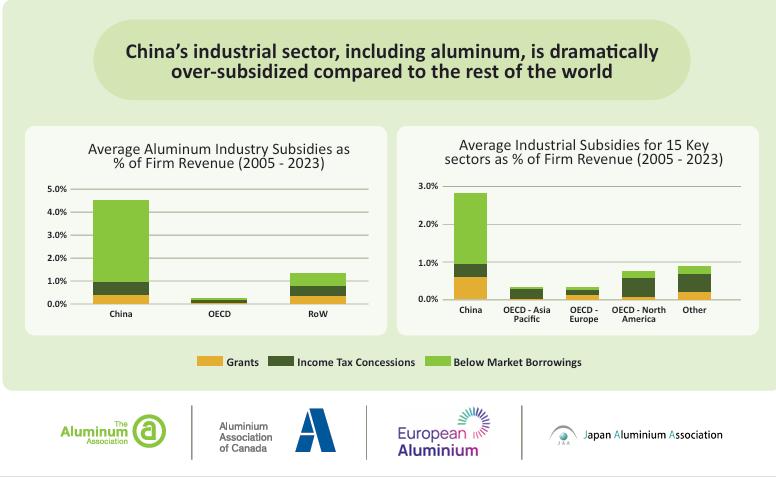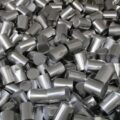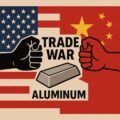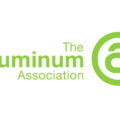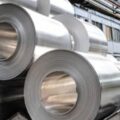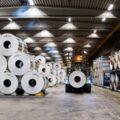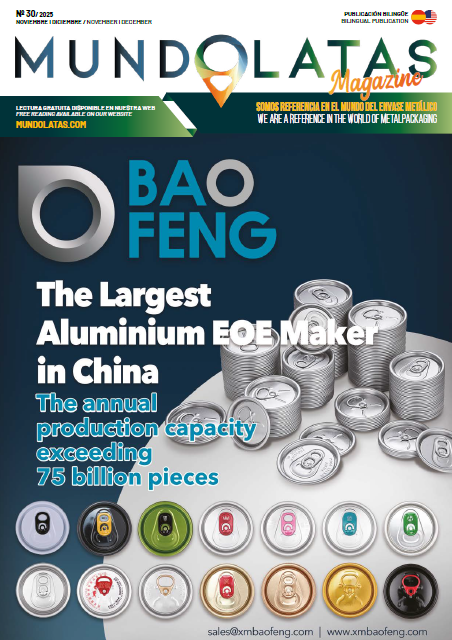The White House tightens measures against Chinese imports as the North American aluminum industry suffers job losses and competitiveness.
The aluminum industry in the United States faces a structural crisis driven by Chinese overcapacity, fueled by massive state subsidies that distort international prices. A recent visual report released by different industry associations details how Beijing subsidizes its industry through cheap energy, preferential credits, and tax advantages, creating an environment of unfair competition that has devastated industrial employment in the West.
Since 2013, the United States has lost more than 70% of primary aluminum sector jobs. The number of active foundries has fallen from 24 to just 4. In Europe, the figures are also alarming, with a drop from 23 plants to just 9. This dynamic has made China the dominant player in the market, with serious implications for national security, trade stability, and the global environment.
Trump tightens his trade policy
President Donald Trump, in his second term, has intensified his industrial defense policy with a new battery of tariff measures. Under Section 301 of the Trade Act, he has raised tariffs on Chinese aluminum from 7.5% to 25%. In addition, he continues to apply the criteria of Section 232, requiring that imported aluminum be melted and cast in the U.S., Mexico, or Canada to avoid tariffs.
The administration has also put the spotlight on triangulations through third countries such as Mexico, through which aluminum of Chinese origin is being channeled. The goal: to close all avenues of trade evasion and protect domestic production.
These decisions have been well received by the sector. Century Aluminum recently announced the construction of a new industrial complex in South Carolina, the first of its kind in more than four decades, thanks to the new political climate and protectionist measures.
China, partner or threat?
China’s dominance in the aluminum market goes beyond the economic. According to the disseminated graph, dependence on its supply chains represents a strategic risk for key sectors such as defense, automotive, and renewable energy. In addition, the Chinese production model—based on coal—significantly increases global carbon emissions.
China not only subsidizes its domestic industry but also finances projects in countries such as Indonesia and Angola, expanding its control over the raw materials needed for aluminum, such as bauxite.

